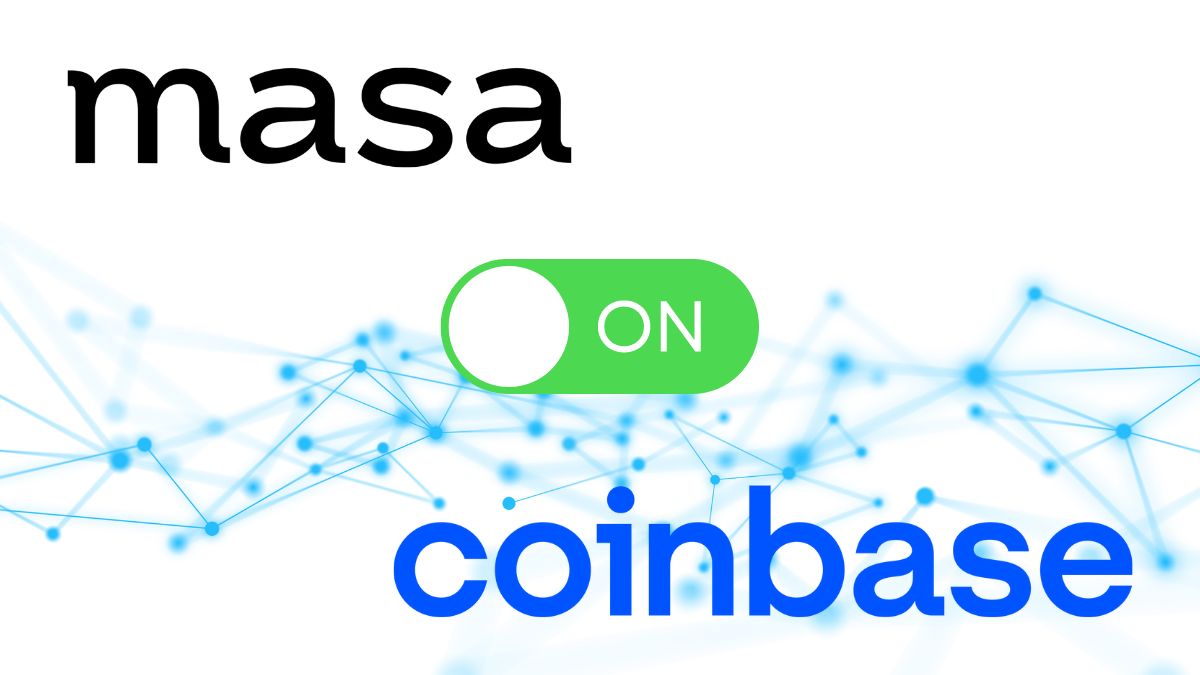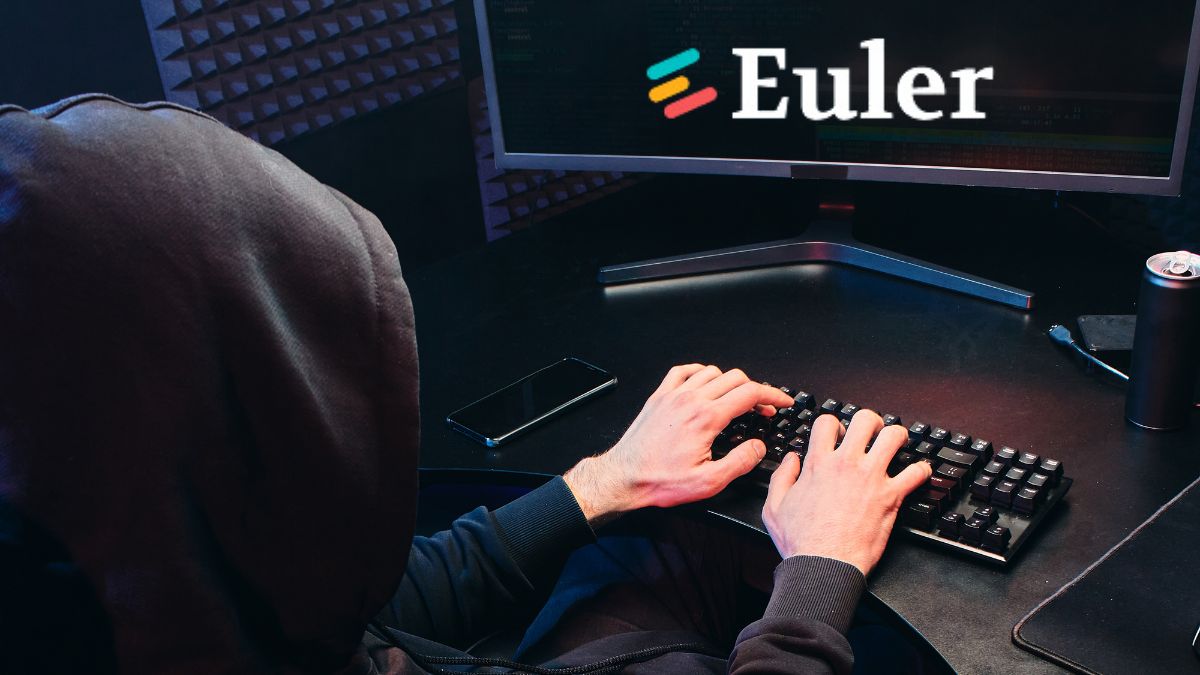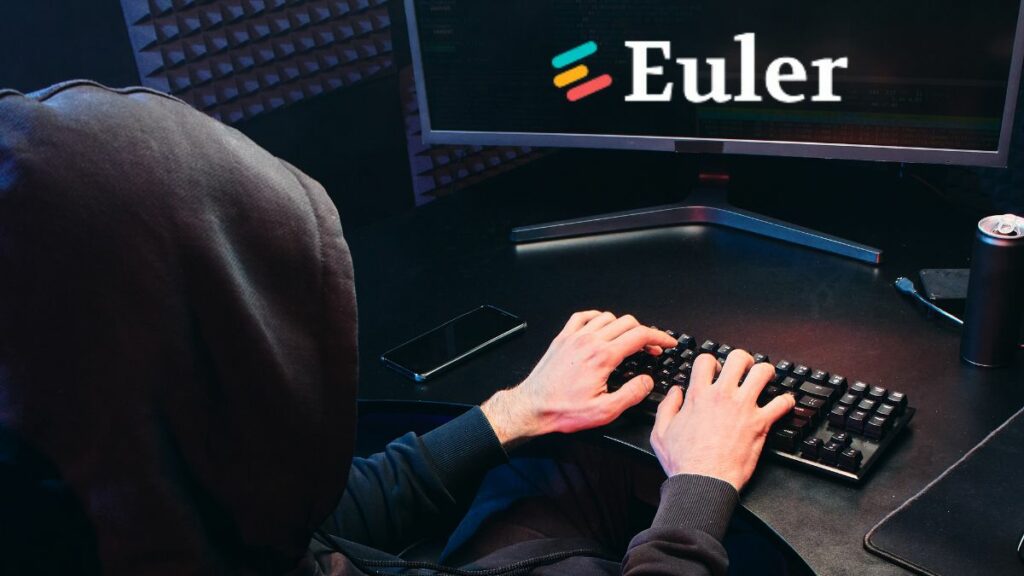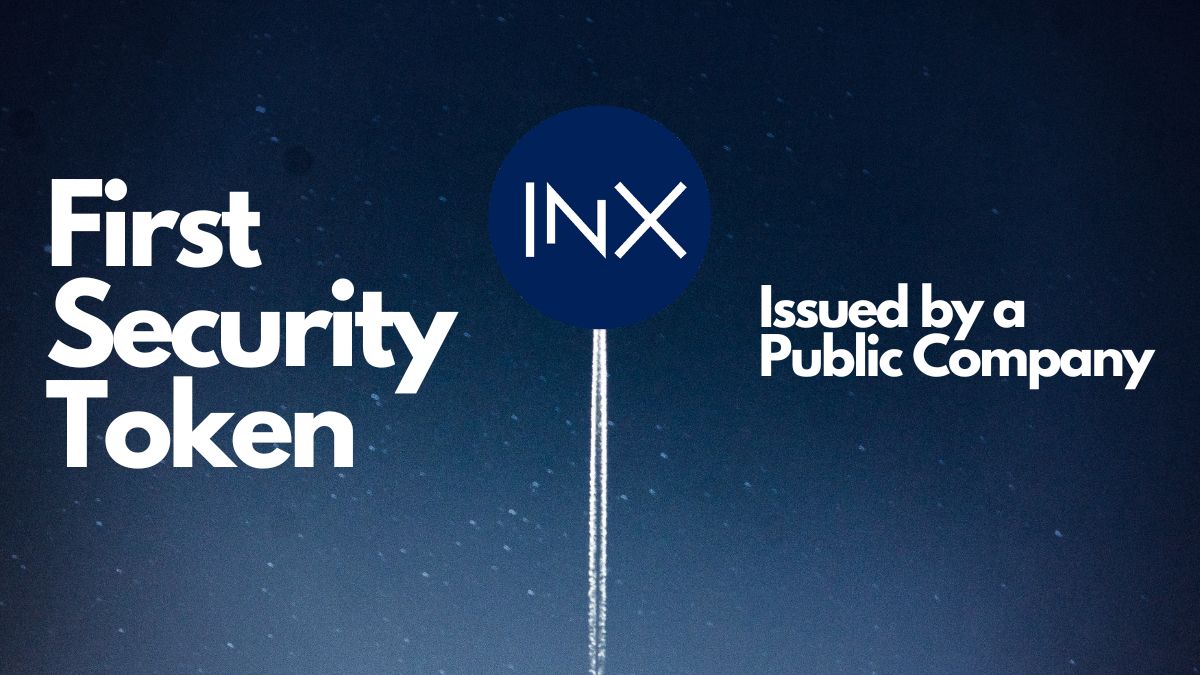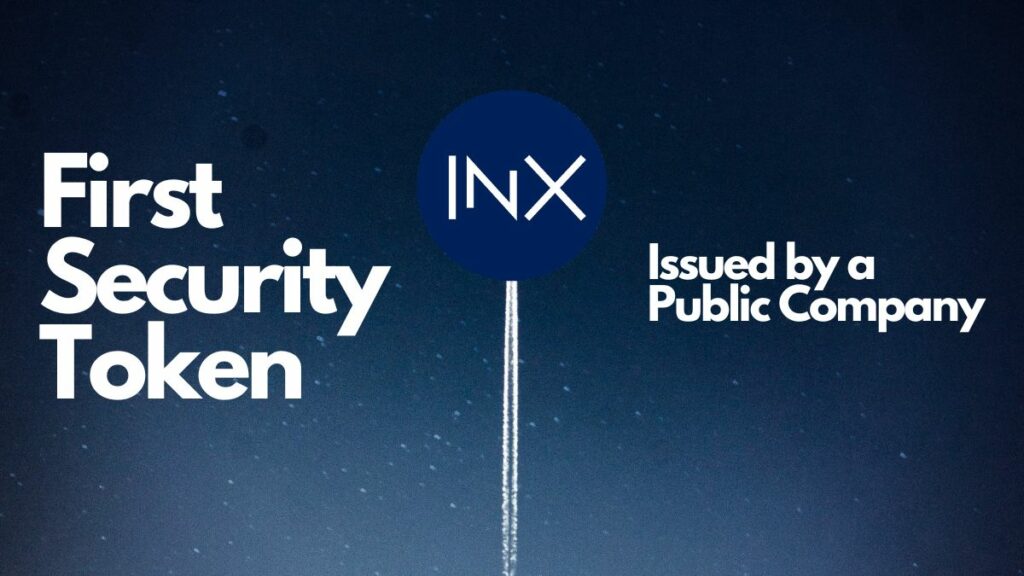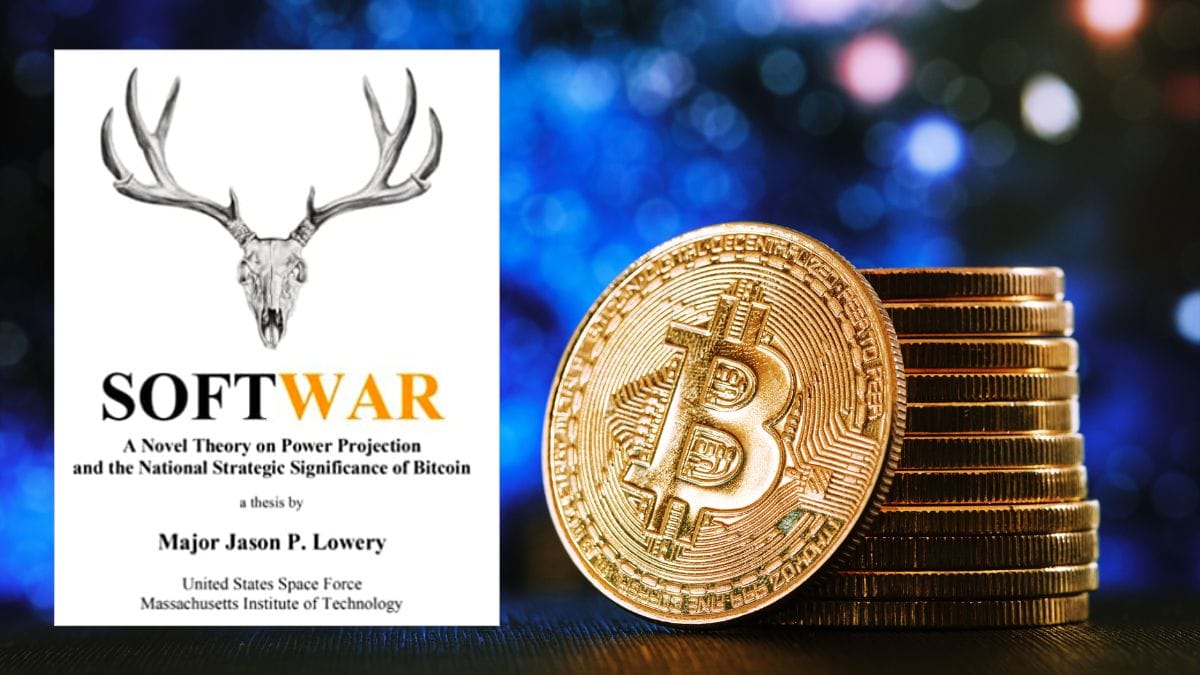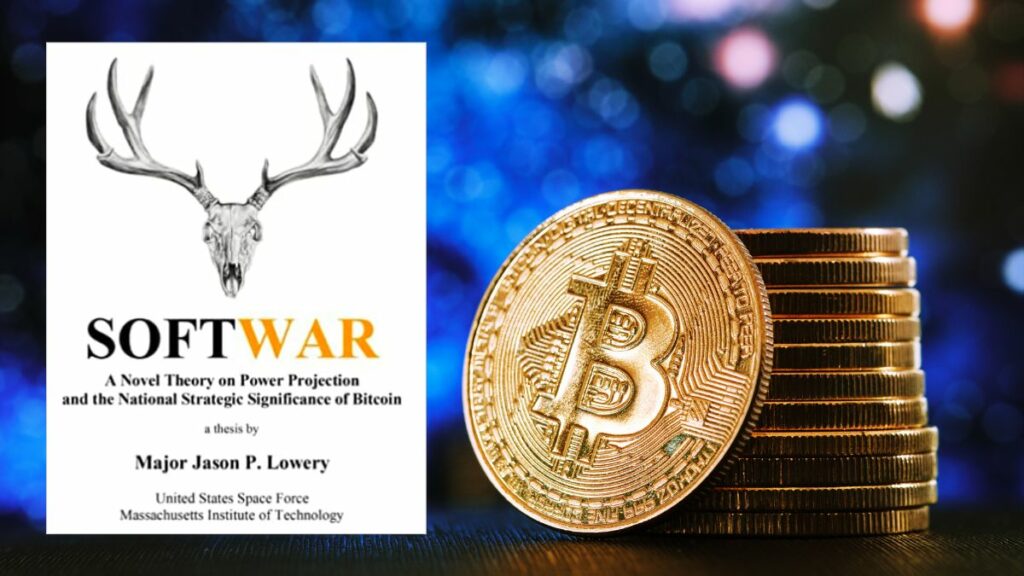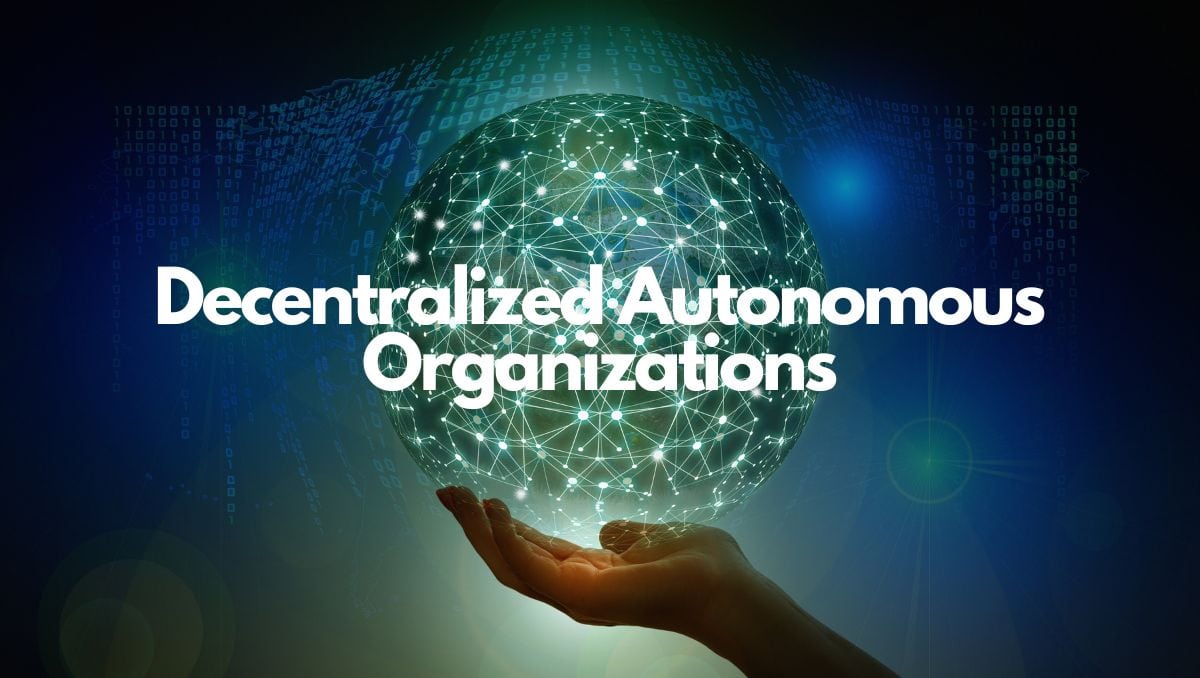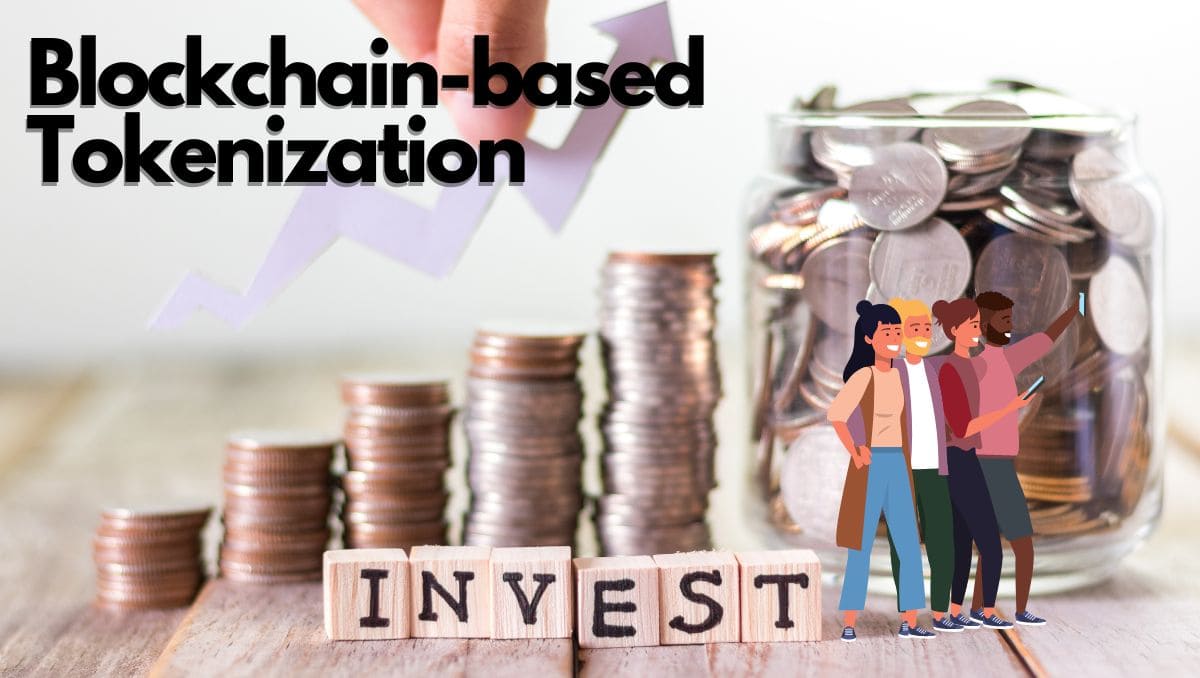
The future of digital identity is now as we enter the dawn of a new age with the integration of Masa Finance’s soulbound tokens into Coinbase’s Base network. As described in Masa’s April 4 announcement, the new tokens allow users to link identifying and reputational characteristics to their wallet addresses, allowing them to benefit from transactional-based credit underwriting through the implementation of blockchain technologies. (Valium) Masa had previously released its Soulbound Token protocol for the Ethereum and Celer networks, but its integration with Coinbase embodies a whole new era of possibilities for Web3 users.
Coinbase is the largest centralized crypto exchange in North America, launching its Base Network testnet in Feb. 23, aiming to implement it as an optimistic rollup layer 2 for Ethereum. Traditional credit scores for the crypto industry had been stagnant for a while, until now.
Masa’s soulbound protocol can be used for a multitude of applications, such as human-readable domain names, membership badges, loyalty programs, achievement badges, and offering users the ability to prove their identity when participating in services and games, thus eliminating spam and bots.
To make the protocol readily available to users, Masa is set to release its Base SBT Developer Toolkit, an easy to use bundle which contains a quickstart guide, Masa command line interface, software development kit, REACT developer tools, and examples of how to build applications using the Masa soulbound tokens.
The protocol allows for standardized soulbound tokens to be minted for Know Your Customer (KYC) verifications, credit scores, and other use cases. Unlike ENS names, SBTs added benefit of being able to link to various Masa identity characteristics.
The concept of SBTs are attached to a user who, through the protocol, can represent their credit score and a “.soul” domain name for the Web3 space. Over 10,000 data points are taken into account in a Masa credit score, including a user’s FICO score, Plaid transaction data for credit and debit cards, Web3 wallet transaction history, centralized exchange balances, and other data.
All of these points, along with the risk-based underwriting factor, make Masa’s soulbound tokens a revolutionary step forward in the world of digital finance.
The SBT protocol also has a third use case called “Masa Green”, a feature set to be released soon which allows users to mint a Masa Green token to prove their identity– thus allowing them to take part in play-to-earn games and other applications without the worry of bots ruining the experience.
Masa is currently the first soulbound token protocol available on the Ethereum network, but Binance has released its own version, called BAB, which can be used to verify a users identity.
The European Union (EU) recently suggested using zero-knowledge proofs for digital IDs, and the Japanese financial firm Sumitomo Mitsui is looking into SBTs for social reasons. All of this, compounded by the metaverse’s keenness for digital identity solutions, set to be provided by Masa’s soulbound tokens, leads us all to the inescapable conclusion that, with the help of Coinbase’s Base Network, we are now on the path towards total onboarding.
